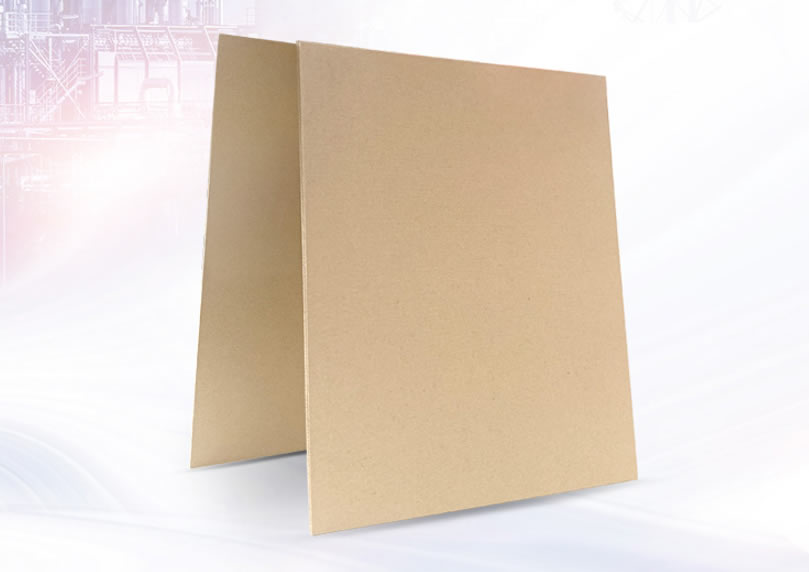Transformer electrical paperboard is an insulating material specially used for electrical equipment such as transformers. It has excellent insulation performance and mechanical strength and is an indispensable and important material in the electrical industry. The following is a detailed introduction to transformer electrical paperboard:

1. Transformer electrical paperboard Definition and classification
Transformer electrical paperboard, also known as electrical insulation paperboard, is a paperboard material made from unbleached sulfate wood pulp or cotton pulp through a series of processes. According to the different raw materials and production processes, it can be divided into many types, such as air insulation paperboard, oil insulation paperboard, etc. These different types of electrical paperboards differ in electrical properties, heat resistance, durability, etc., and can be selected according to specific needs.
2. Transformer electrical paperboard Main characteristics
Insulation performance: Transformer electrical paperboard has extremely high electrical strength and can withstand high voltage without breakdown or discharge. This is the basis for it to be used as an insulating material for electrical equipment such as transformers.
Mechanical strength: It has good tensile strength and tear strength, can withstand certain mechanical stress and pressure, and ensure the stable operation of electrical equipment.
Heat resistance: In high temperature environment, electrical paperboard can maintain stable insulation performance and is not easy to age or deform.
Durability: During long-term use, electrical paperboard can maintain the stability and reliability of its performance and extend the service life of electrical equipment.
3. Transformer electrical paperboard production process and quality control
The production process of transformer electrical paperboard includes pulp preparation, papermaking, pressing, drying and finishing. Among them, pulp preparation is the key link, and it is necessary to control the concentration, beating degree and chemical composition of the pulp. During the papermaking process, it is necessary to control parameters such as vehicle speed and mesh tension to ensure the uniformity and quality of the paperboard.
Quality control is crucial in the production process. Manufacturers need to strictly screen and inspect raw materials to ensure the quality and stability of pulp. At the same time, regular maintenance and maintenance of production equipment are also required to ensure the stability and reliability of the production process. In addition, multiple quality tests are required for finished products, including thickness, tightness, tensile strength, electrical strength and other indicators to ensure that product quality meets relevant standards and requirements.
4. Application and precautions of transformer electrical paperboard
Transformer electrical paperboard is widely used for internal insulation of electrical equipment such as transformers, mutual inductors, capacitors, etc. In transformers, it is mainly used for insulation between the core and the winding, insulation between the windings, and insulation inside the oil tank. During use, the following points should be noted: First, it is necessary to select appropriate specifications and types to meet the specific needs of electrical equipment; second, it is necessary to keep the paperboard dry and clean to avoid moisture or contamination; third, it is necessary to install and use it according to the correct installation method and process requirements to ensure insulation effect and safety.
In summary, transformer electrical paperboard is an insulating material with excellent insulation performance and mechanical strength, and plays an important role in the electrical industry. With the advancement of science and technology and the development of electrical equipment, the requirements for electrical paperboard are getting higher and higher. Therefore, manufacturers need to continuously innovate and improve production processes and technical levels, improve product quality and performance stability, in order to meet market demand and customer expectations.